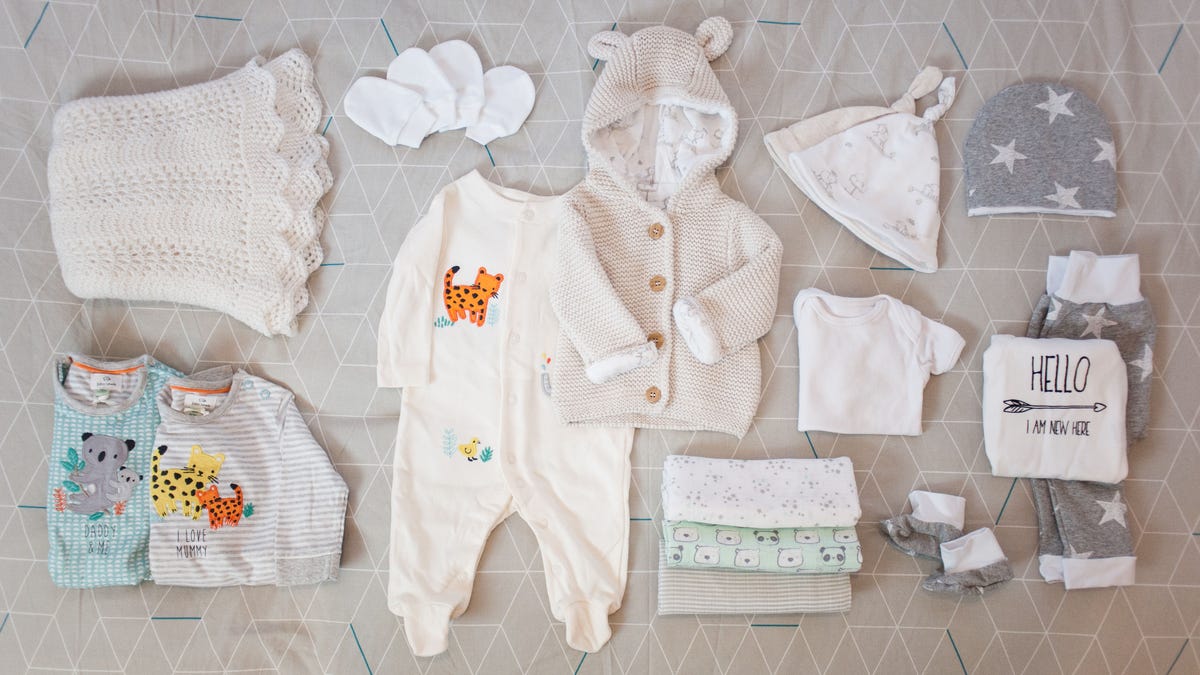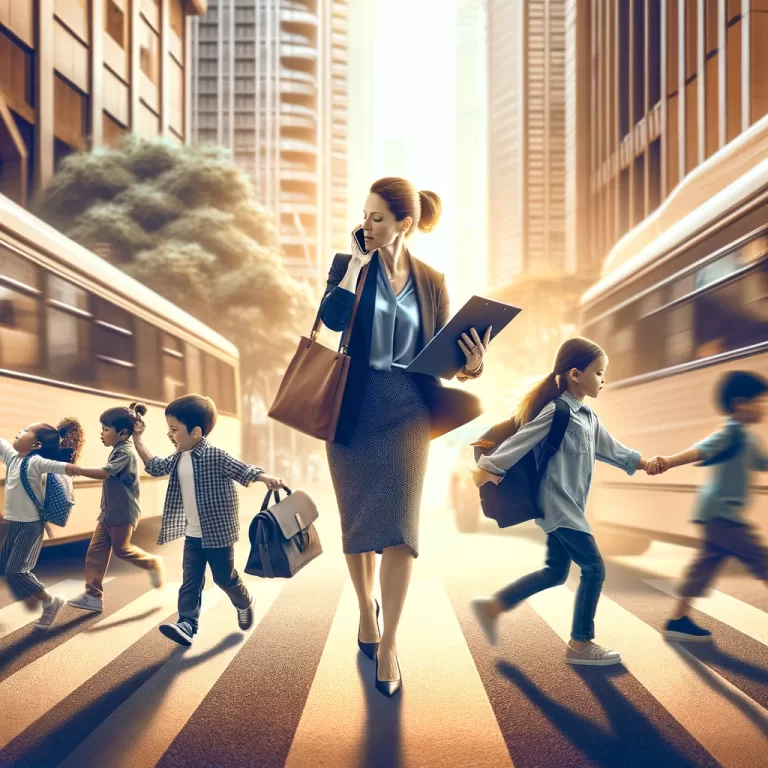What Do You Need for a Second Baby: A Practical Guide for Parents
Welcoming a second baby is an exciting time, but it also raises a common question: What do you need for a second baby? Although you may already have many baby essentials from your first child, each new arrival has unique needs, and there are certain things that should be updated or purchased anew. In this article, we’ll explore what you really need for your second baby and how to prepare effectively.

Conclusion: The Essentials for Your Second Baby
For a second baby, you may not need to buy everything brand-new, but there are a few key items that are worth investing in, such as a double stroller, fresh feeding supplies, and replacement items like car seats if they’ve expired. You’ll also want to focus on practical things like ensuring your older child transitions smoothly into their new role.
Step 1: Evaluate What You Already Have
One of the first things to do is assess what you already have from your first child. Many items like clothes, blankets, and toys can be reused, but some may need replacing due to wear and tear.
Clothing:

If your first child’s clothing is in good condition, you can reuse them. However, consider the seasonality and size of the clothing. If your second baby is born in a different season, you may need some new weather-appropriate outfits.
Crib and Nursery Furniture:

Most nursery furniture can be reused for your second baby. Just make sure that cribs and bassinets are still up to safety standards.
Diaper Bag:

If your first diaper bag is worn out or wasn’t quite the right fit for you, consider investing in a new one, especially one that accommodates items for two kids.
Step 2: Essential Items You’ll Likely Need for Your Second Baby
Even though you may have many baby items on hand, there are some key things that you’ll likely need for your second baby. Below is a list of essentials that parents usually consider purchasing or updating:
1. Double Stroller

- A double stroller will be a must-have if your first child is still young and you’ll need to transport both babies together. Look for one that suits your lifestyle, whether it’s a side-by-side or tandem stroller.
2. Car Seat

- Ensure the car seat you used for your first baby hasn’t expired. Car seats typically have a lifespan of six to ten years, so check the label. If your car seat is still valid, you may only need to buy an additional one if your first child is still using theirs.
3. Feeding Supplies

- Bottles, pacifiers, and other feeding supplies should be refreshed. It’s generally recommended to get new nipples for bottles, as the material can wear out. If you’re breastfeeding, ensure your breast pump is in good working condition or consider upgrading.
4. Diapers and Wipes

- You’ll need a new stockpile of diapers and wipes for your second baby. Depending on the age of your first child, you might need two sizes of diapers on hand. Consider cloth or disposable options based on your preference.
5. Baby Monitor

- If your first baby still needs a monitor, a dual or split-screen baby monitor might be worth the investment so you can keep an eye on both children at once.
Step 3: Preparing Your Home for a Second Baby
Bringing a second baby home requires some reorganization to accommodate both children’s needs. Here’s how you can prepare your space:
Sleeping Arrangements:

If your first child is still using the crib, now might be the time to transition them to a toddler or twin bed so the crib can be used for the new baby.
If you’re co-sleeping or using a bassinet, ensure you have enough space in your room for both kids, especially during the first few months.
Sibling-Friendly Changes:

Creating a toddler-safe environment is crucial. Ensure that you have gates, furniture anchors, and other safety measures in place so your older child can play safely while you care for the newborn.
Toy Organization:

Organize toys and baby gear so that your first child’s toys are accessible and safe for them to use, while keeping smaller or choking-hazard toys away from your new baby.
Step 4: Emotional and Practical Preparation for the Older Sibling
When a new baby arrives, older siblings may experience changes in attention and routine. Helping them adjust is just as important as preparing baby essentials.
Talk About the New Baby:
Start talking to your older child about the new baby well in advance. Use books and stories that explain what it means to be a big brother or sister.
Gift from Baby to Sibling:
A fun idea is to give your older child a “gift from the baby.” This can help foster positive feelings toward the new sibling.
Sibling Role:
Encourage your older child to take on a “helper” role, which can make them feel more involved and less left out. Simple tasks like fetching a diaper or handing you a toy can make them feel important.
Sample Table: Items You Can Reuse vs. Items to Buy New for a Second Baby
| Item | Reuse or Buy New? | Notes |
|---|---|---|
| Crib | Reuse | Ensure it meets current safety standards |
| Clothes | Reuse (if in good condition) | Check for season and size suitability |
| Car Seat | Check expiration, may need new | Car seats typically expire after 6-10 years |
| Bottles & Pacifiers | Buy New | Replace nipples for hygiene reasons |
| Double Stroller | Buy New | Essential for transporting both kids |
| Diaper Bag | Optional, based on condition | Consider getting a larger one |
Step 5: Emotional Preparation for Parents
Having a second baby can be both joyful and overwhelming. Here are a few tips for parents:
Get Support:
Don’t hesitate to ask for help from friends, family, or babysitters, especially during the first few weeks. Juggling the needs of two young children can be demanding.
Take Time for Yourself:
Remember that taking care of yourself is important for being able to care for both of your children. Try to carve out some moments of rest or relaxation when possible.
Manage Expectations:
Understand that your family dynamic will shift, and there will be an adjustment period. It’s okay if things aren’t perfect—focus on creating a loving and supportive environment for both children.
Final Thoughts
When preparing for a second baby, you don’t need to start from scratch. Reuse what you can, buy a few key new items, and most importantly, prepare your home and your older child for the changes ahead. With the right approach, welcoming your second baby can be a smooth and joyful experience.




